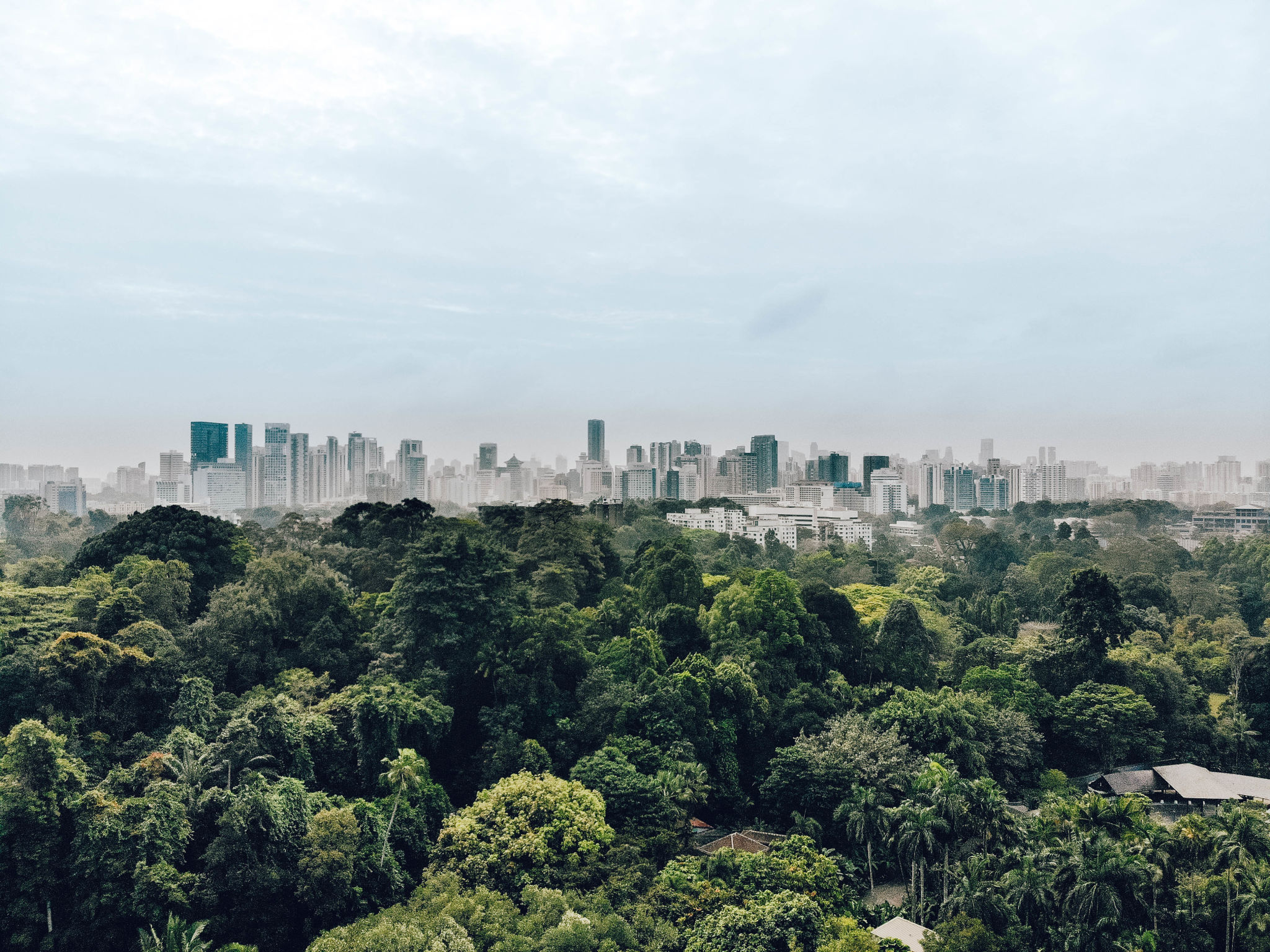Current Trends in Urban Forestry Management in the North East UK
Introduction to Urban Forestry Management
The North East UK has become a beacon for innovative urban forestry management, blending ecological preservation with urban development. As cities expand, the importance of integrating green spaces within urban landscapes becomes increasingly critical. This trend underscores a global movement towards sustainable urban living, where nature and modernity coexist harmoniously.
Urban forestry management involves a strategic approach to the planting, maintenance, and preservation of trees in urban environments. It aims to enhance urban life by improving air quality, reducing heat islands, and promoting biodiversity.

Policy Initiatives and Government Support
One of the driving forces behind successful urban forestry management in the North East UK is robust policy support from local governments. Recent initiatives have focused on increasing tree coverage in urban areas, with ambitious targets set to bolster green spaces over the next decade.
These policies often include incentives for community participation, encouraging citizens to take part in tree planting activities. Local councils have also implemented frameworks to ensure that urban forestry is considered in city planning and development projects.
Community Involvement
Community involvement plays a crucial role in the success of urban forestry projects. Engaging local residents in tree care and maintenance not only fosters a sense of ownership but also enhances the sustainability of these initiatives. Programs that educate citizens about the benefits of urban forestry have proven effective in generating widespread support.

Technological Advancements in Forestry Management
The integration of technology has revolutionized urban forestry management. From GIS mapping tools to drone surveys, technology provides valuable data that aids in the efficient planning and monitoring of urban forests. These tools help identify areas needing attention and track the health of existing trees.
Moreover, smart sensors are being deployed to monitor environmental conditions such as soil moisture and air quality, providing real-time data that ensures optimal tree health and growth. Such innovations are crucial for adapting to the challenges posed by climate change.
Challenges and Solutions
Despite the progress, urban forestry management faces challenges such as limited funding, land availability, and climate change impacts. Addressing these issues requires a multifaceted approach involving public-private partnerships, innovative funding mechanisms, and adaptive management practices.

The Future of Urban Forestry in the North East UK
Looking ahead, the future of urban forestry in the North East UK appears promising, with continued investment in sustainable practices and community engagement. There is a growing recognition that urban forests are not just aesthetic assets but essential components of resilient cities.
Future projects are likely to focus on diversifying tree species to increase resilience against pests and diseases, as well as enhancing connectivity between green spaces to support wildlife corridors.
A Call to Action
As individuals, we can contribute to this movement by participating in local tree planting events, supporting policies that advocate for urban greening, and raising awareness about the importance of urban forests. Together, we can ensure that our cities remain vibrant, healthy places for generations to come.